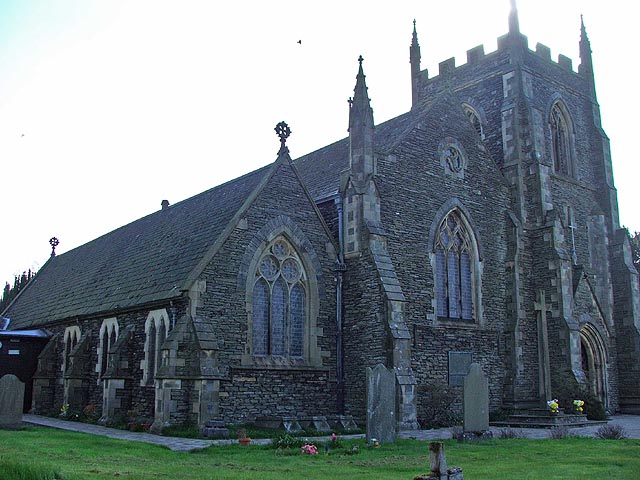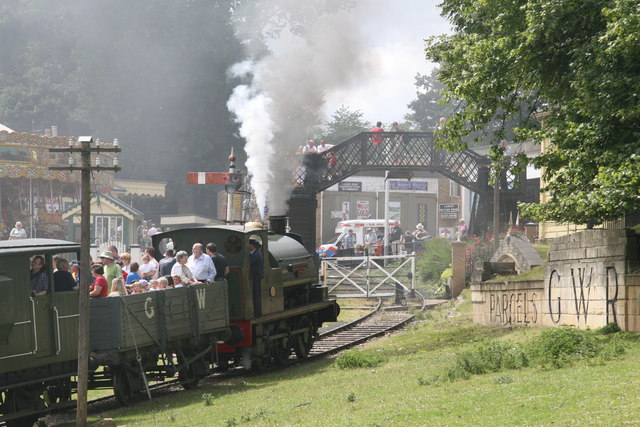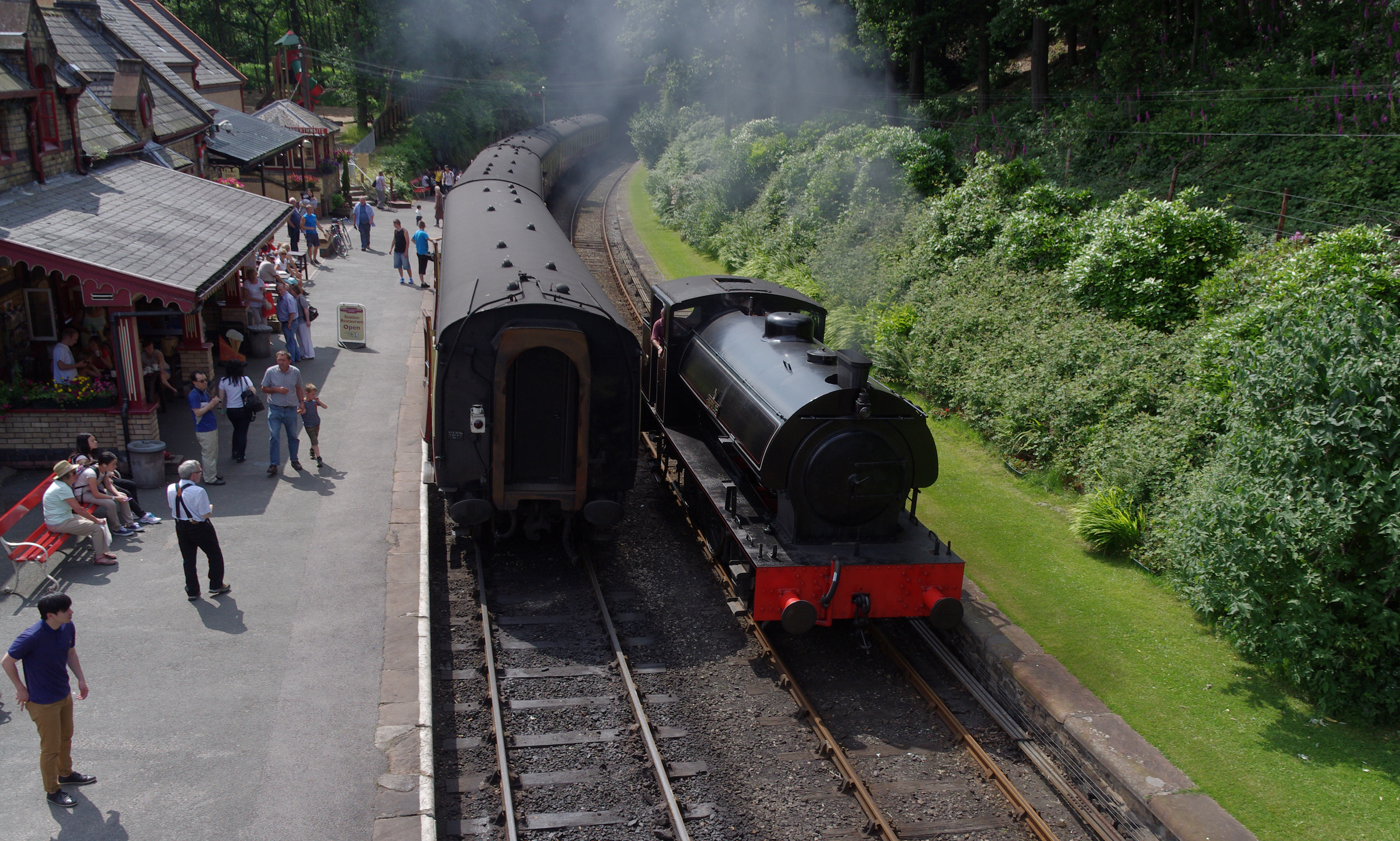|
Burneside Paper Mills Tramway
Rail transport in Cumbria Tram transport in England 3 ft 6 in gauge railways in England Standard gauge railways in England Industrial railways in England Railway lines opened in 1880 Railway lines closed in 1974 1880 establishments in England Horse-drawn railways ... [...More Info...] [...Related Items...] OR: [Wikipedia] [Google] [Baidu] |
Burneside
Burneside () is a small village in South Lakeland in Cumbria, England. It is located to the north of Kendal and to the south east of Staveley, Cumbria, Staveley, on the River Kent, just upstream from the confluence of the River Sprint. It has about 3,000 inhabitants. By the time of the 2011 Census Burneside had been transformed into an Wards and electoral divisions of the United Kingdom, electoral ward only. The population of this ward was 1,888. The majority of the population are now recorded as living in Strickland Ketel parish. Burneside railway station is situated on the Windermere Branch Line, with services to Windermere railway station, Windermere to the north west, Oxenholme Lake District railway station, Oxenholme on the West Coast Main Line, and Lancaster railway station, Lancaster to the south. Burneside is around from the M6 motorway. Politics In 1974, under the Local Government Act 1972, Burneside became a part of the South Lakeland district whose administrative ce ... [...More Info...] [...Related Items...] OR: [Wikipedia] [Google] [Baidu] |
Carnforth MPD
Carnforth MPD (Motive Power Depot) is a former London Midland and Scottish Railway railway depot located in the town of Carnforth, Lancashire, England. Completed in 1944 on the site of the former Furness Railway depot, its late construction in the steam locomotive age resulted in its long-term use and conservation by British Railways. Targeted as part of a preservation scheme, when this failed it was developed as major visitor attraction Steamtown Carnforth. Today, closed as a museum, it acts as the major national operational base of West Coast Railways. Importance of Carnforth Carnforth was not an important or well developed village before the Victorian era railway age, but was geographically strategically located to make it so. While supplies of limestone made it interesting, access into Westmorland, the Lake District and the coast of Cumberland beyond made it an ideal transport hub point. Carnforth railway station opened as a single platform wooden structure for access to th ... [...More Info...] [...Related Items...] OR: [Wikipedia] [Google] [Baidu] |
Railway Lines Closed In 1974
Rail transport (also known as train transport) is a means of transport that transfers passengers and goods on wheeled vehicles running on rails, which are incorporated in tracks. In contrast to road transport, where the vehicles run on a prepared flat surface, rail vehicles (rolling stock) are directionally guided by the tracks on which they run. Tracks usually consist of steel rails, installed on sleepers (ties) set in ballast, on which the rolling stock, usually fitted with metal wheels, moves. Other variations are also possible, such as "slab track", in which the rails are fastened to a concrete foundation resting on a prepared subsurface. Rolling stock in a rail transport system generally encounters lower frictional resistance than rubber-tyred road vehicles, so passenger and freight cars (carriages and wagons) can be coupled into longer trains. The operation is carried out by a railway company, providing transport between train stations or freight customer facili ... [...More Info...] [...Related Items...] OR: [Wikipedia] [Google] [Baidu] |
Railway Lines Opened In 1880
Rail transport (also known as train transport) is a means of transport that transfers passengers and goods on wheeled vehicles running on rails, which are incorporated in tracks. In contrast to road transport, where the vehicles run on a prepared flat surface, rail vehicles (rolling stock) are directionally guided by the tracks on which they run. Tracks usually consist of steel rails, installed on sleepers (ties) set in ballast, on which the rolling stock, usually fitted with metal wheels, moves. Other variations are also possible, such as "slab track", in which the rails are fastened to a concrete foundation resting on a prepared subsurface. Rolling stock in a rail transport system generally encounters lower frictional resistance than rubber-tyred road vehicles, so passenger and freight cars (carriages and wagons) can be coupled into longer trains. The operation is carried out by a railway company, providing transport between train stations or freight customer faciliti ... [...More Info...] [...Related Items...] OR: [Wikipedia] [Google] [Baidu] |
Industrial Railways In England
Industrial may refer to: Industry * Industrial archaeology, the study of the history of the industry * Industrial engineering, engineering dealing with the optimization of complex industrial processes or systems * Industrial city, a city dominated by one or more industries * Industrial loan company, a financial institution in the United States that lends money, and may be owned by non-financial institutions * Industrial organization, a field that builds on the theory of the firm by examining the structure and boundaries between firms and markets * Industrial Revolution, the development of industry in the 18th and 19th centuries * Industrial society, a society that has undergone industrialization * Industrial technology, a broad field that includes designing, building, optimizing, managing and operating industrial equipment, and predesignated as acceptable for industrial uses, like factories * Industrial video, a video that targets “industry” as its primary audience * Industrial ... [...More Info...] [...Related Items...] OR: [Wikipedia] [Google] [Baidu] |
Standard Gauge Railways In England
Standard may refer to: Symbols * Colours, standards and guidons, kinds of military signs * Standard (emblem), a type of a large symbol or emblem used for identification Norms, conventions or requirements * Standard (metrology), an object that bears a defined relationship to a unit of measure used for calibration of measuring devices * Standard (timber unit), an obsolete measure of timber used in trade * Breed standard (also called bench standard), in animal fancy and animal husbandry * BioCompute Standard, a standard for next generation sequencing * ''De facto'' standard, product or system with market dominance * Gold standard, a monetary system based on gold; also used metaphorically for the best of several options, against which the others are measured * Internet Standard, a specification ratified as an open standard by the Internet Engineering Task Force * Learning standards, standards applied to education content * Standard displacement, a naval term describing the weig ... [...More Info...] [...Related Items...] OR: [Wikipedia] [Google] [Baidu] |
3 Ft 6 In Gauge Railways In England
3 (three) is a number, numeral and digit. It is the natural number following 2 and preceding 4, and is the smallest odd prime number and the only prime preceding a square number. It has religious or cultural significance in many societies. Evolution of the Arabic digit The use of three lines to denote the number 3 occurred in many writing systems, including some (like Roman and Chinese numerals) that are still in use. That was also the original representation of 3 in the Brahmic (Indian) numerical notation, its earliest forms aligned vertically. However, during the Gupta Empire the sign was modified by the addition of a curve on each line. The Nāgarī script rotated the lines clockwise, so they appeared horizontally, and ended each line with a short downward stroke on the right. In cursive script, the three strokes were eventually connected to form a glyph resembling a with an additional stroke at the bottom: ३. The Indian digits spread to the Caliphate in the 9th ... [...More Info...] [...Related Items...] OR: [Wikipedia] [Google] [Baidu] |
Tram Transport In England
A tram (called a streetcar or trolley in North America) is a rail vehicle that travels on tramway tracks on public urban streets; some include segments on segregated right-of-way. The tramlines or networks operated as public transport are called tramways or simply trams/streetcars. Many recently built tramways use the contemporary term light rail. The vehicles are called streetcars or trolleys (not to be confused with trolleybus) in North America and trams or tramcars elsewhere. The first two terms are often used interchangeably in the United States, with ''trolley'' being the preferred term in the eastern US and ''streetcar'' in the western US. ''Streetcar'' or ''tramway'' are preferred in Canada. In parts of the United States, internally powered buses made to resemble a streetcar are often referred to as "trolleys". To avoid further confusion with trolley buses, the American Public Transportation Association (APTA) refers to them as "trolley-replica buses". In the United ... [...More Info...] [...Related Items...] OR: [Wikipedia] [Google] [Baidu] |
Rail Transport In Cumbria
Rail or rails may refer to: Rail transport *Rail transport and related matters *Rail (rail transport) or railway lines, the running surface of a railway Arts and media Film * ''Rails'' (film), a 1929 Italian film by Mario Camerini * ''Rail'' (1967 film), a film by Geoffrey Jones for British Transport Films *'' Mirattu'' or ''Rail'', a Tamil-language film and its Telugu dub Magazines * ''Rail'' (magazine), a British rail transport periodical * ''Rails'' (magazine), a former New Zealand based rail transport periodical Other arts *The Rails, a British folk-rock band * Rail (theater) or batten, a pipe from which lighting, scenery, or curtains are hung Technology *Rails framework or Ruby on Rails, a web application framework *Rail system (firearms), a mounting system for firearm attachments *Front engine dragster *Runway alignment indicator lights, a configuration of an approach lighting system *Rule Augmented Interconnect Layout, a specification for expressing guidelines for pri ... [...More Info...] [...Related Items...] OR: [Wikipedia] [Google] [Baidu] |
Mid-Suffolk Light Railway
The Mid-Suffolk Light Railway (MSLR) was a standard gauge railway intended to open up an agricultural area of central Suffolk; it took advantage of the reduced construction cost enabled by the Light Railways Act 1896. It was launched with considerable enthusiasm by local interests, and was to build a 50-mile network, but actual share subscription was weak, and the company over-reached its available financial resources. It opened 19 miles of route from Haughley to Laxfield in 1904 to goods traffic only, and income was poor, further worsening the company's financial situation. The Board continued to harbour ambitions to complete the planned network, but crippling interest on loans and capital repayments falling due forced the company into receivership in 1906. Passenger operation was started in 1908, but this too was disappointing. At the grouping of the railways in 1923, the MSLR was still in receivership, and there was a protracted dispute over the liquidation of the debt, but i ... [...More Info...] [...Related Items...] OR: [Wikipedia] [Google] [Baidu] |
Sir William McAlpine, 6th Baronet
Sir William Hepburn McAlpine, 6th Baronet, (12 January 1936 – 4 March 2018) was a British businessman who was director of the construction company Sir Robert McAlpine. Early life and career Born in London in 1936 at the family-owned Dorchester Hotel, McAlpine was the oldest son of Sir Edwin McAlpine, 5th Bt (who was given a life peerage as Lord McAlpine of Moffat in 1980) by his marriage to Ella Mary Gardner Garnett. His great-grandfather was "Concrete Bob", Sir Robert McAlpine, the first of the McAlpine baronets and the founder of the construction company. He had two younger brothers Alistair McAlpine, Baron McAlpine of West Green and David McAlpine. Brought up at the family home in Surrey and educated at Charterhouse, McAlpine joined the family firm from school, starting his career at the Hayes Depot in Middlesex, a site which housed the McAlpine railway locomotive and wagon fleet. The years after the Second World War were a busy time for the construction industry. He s ... [...More Info...] [...Related Items...] OR: [Wikipedia] [Google] [Baidu] |
Lakeside And Haverthwaite Railway
The Lakeside and Haverthwaite Railway (L&HR) is a heritage railway in Cumbria, England. Location The L&HR runs from Haverthwaite at the southern end of the line via Newby Bridge to Lakeside at the southern end of Windermere. Some services are timed to connect with sailings of the diesel excursion vessels or steam vessels on Windermere, sailing from Lakeside to Bowness and Ambleside. Furness Railway operation of the branch line The railway is a former branch line of the Furness Railway (FR) and was opened on 1 June 1869. The line was served by local passenger trains which started their journey at Ulverston on the FR's mainline from Carnforth to Barrow-in-Furness. The FR branch trains travelled east to the triangular junction at Plumpton and then turned north via Greenodd and on to stations at Haverthwaite, Newby Bridge halt and Lakeside. The FR's weekdays passenger service in July 1922 comprised eight trains in each direction. There were advertised train-to-boat connections t ... [...More Info...] [...Related Items...] OR: [Wikipedia] [Google] [Baidu] |







